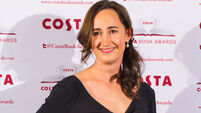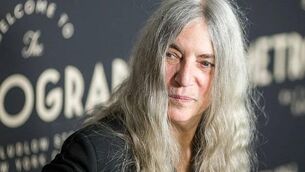Rita Duffy: "I knew art can be threatening to those in power"
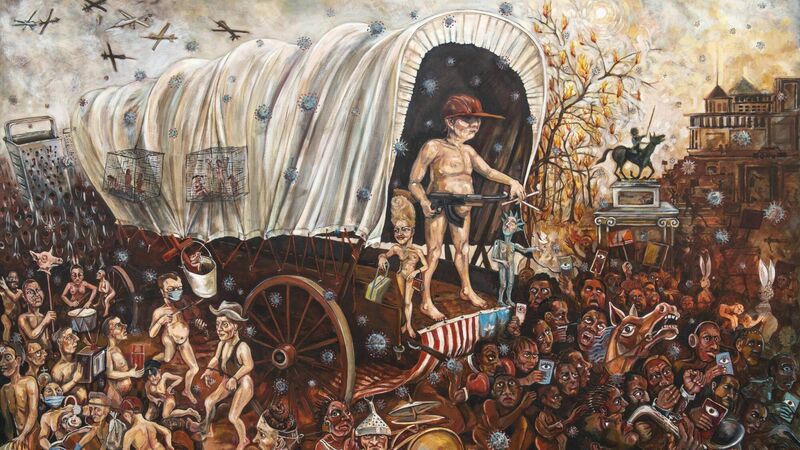
A detail from Epiphany, by Rita Duffy, part of her exhibition at Crawford Art Gallery.
Rita Duffy’s passion for politics has always been at the heart of her artistic practice, and is very much to the fore in Persistent Illusion, her first solo exhibition at the Crawford Art Gallery in Cork. It is perhaps a sign of the times that her new paintings and drawings are more concerned with global politics than with the local conflict that fuelled her early work as an artist growing up in Belfast in the Troubles.
As Duffy sees, the whole world is in peril. “The one issue we all need to address is climate change,” she says.
Featured in the exhibition is a recent triptych of large paintings titled Epiphany, Belfast to Byzantium and Ornithopter, along with a series of drawings inspired by the foibles of Donald Trump and what she describes as “the experience of America’s psychosis dancing naked on TV.”
Duffy has spent a great deal of time in America. “I went there first as a student, working illegally in New York, and it was fantastic. Since then, I’ve exhibited and lectured there a lot. It’s changed so much, and for the worse.
“There’s a sense there now that the unfinished Civil War is about to explode. There’s this underlying and unexamined attitude to race and identity, and white people in particular have a huge fear of blacks. What gets me is there’s so much weaponry. I was showing at the Mattress Factory Museum in Pittsburgh, and you could buy an AK47 across the counter in a store just down the street. I don’t know, it’s like we’re watching an empire founded on greed and abuse come to an end.”
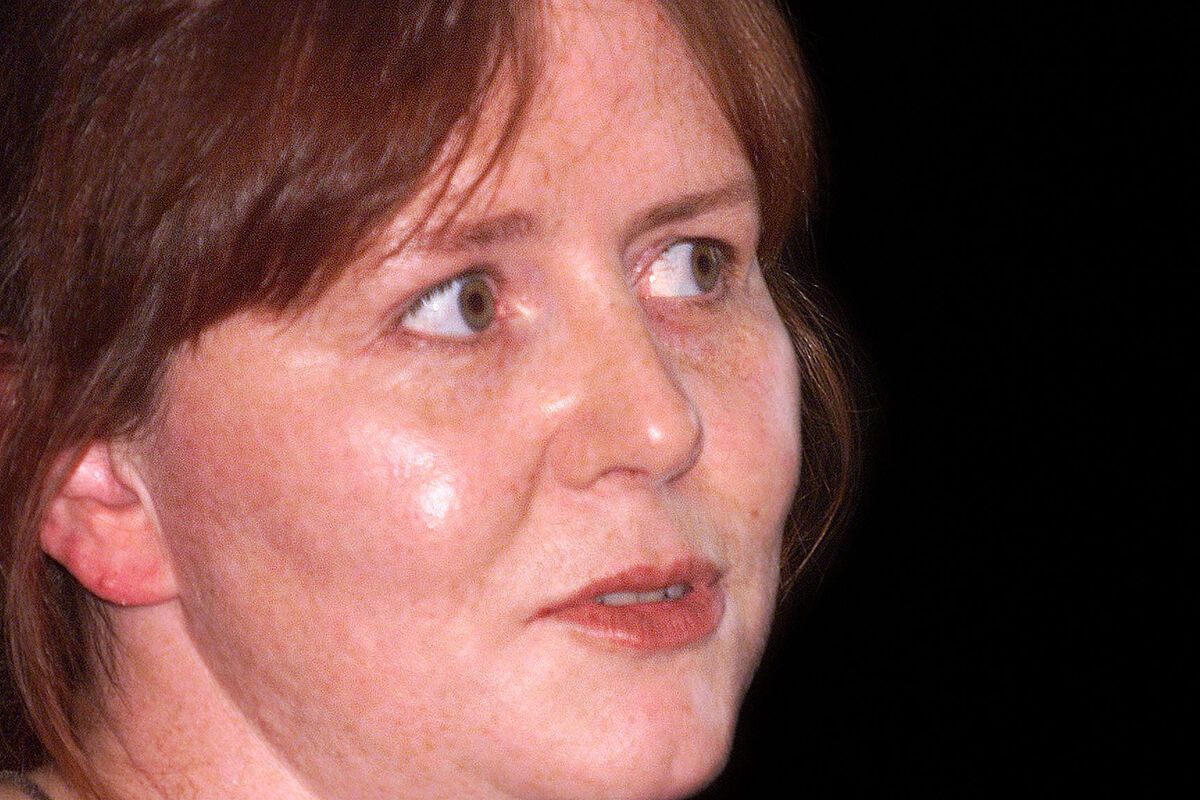
Duffy’s drawings – the suite of ten is called The Emperor Has No Clothes - were acquired by the National Collection, and are now in the possession of the Crawford Art Gallery. Their completion inspired her to commence work on the triptych of paintings.
“I did one at my studio at the Old Courthouse in Ballyconnell, near where I live in Co Cavan; another on Achill Island; and the third while on a production residency at the beautiful studios in the Irish Museum of Modern Art in Dublin.”
Epiphany features a Trump-like character with a machine-gun on the back of a covered wagon of the kind used by the pioneers in America. Before him is a scene of mayhem, with whites whooping it up on the left, and terrified black people cowering on the right. “It’s about people going to another country and claiming it as their own,” says Duffy. “As has happened in America.”
Belfast to Byzantium features a ship with its side exposed to reveal it is full of people. The upper decks are reserved for whites, while the blacks are packed in below. Beneath them, human hands wave wretchedly from the water, seeking help that simply is not there. “The ship is the same shape as the Titanic, with the iceberg behind it, but the painting is based on reports of fires in Greece, of people being evacuated and corralled on a passenger ship.”
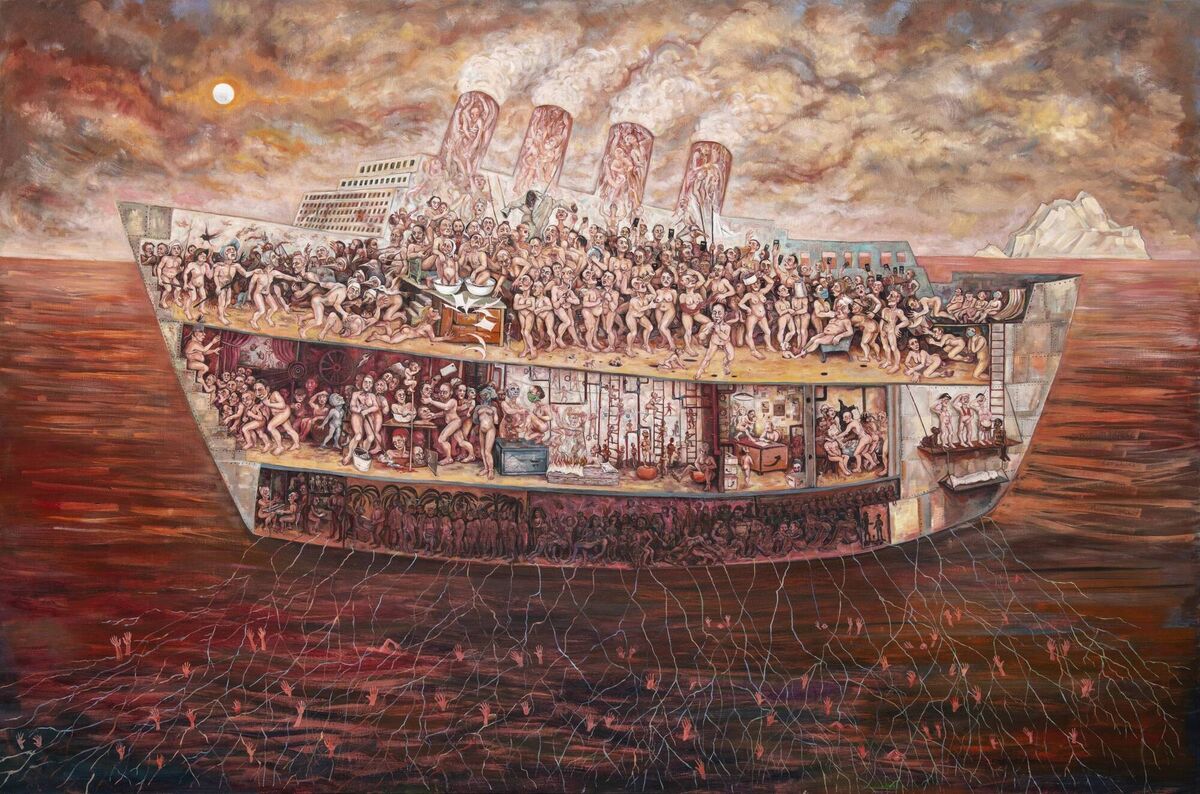
The third painting, Ornithopter, is inspired by the evacuation of Kabul in Afghanistan, when more than 123,000 people were airlifted to safety after the Taliban seized the city. “I was struck by all these images of people clinging to the planes at Kabul Airport, desperate to escape,” says the artist.
For Duffy, growing up in the 1960s and ’70s as part of a Catholic family in Stranmillis, a Protestant community in Belfast, political conflict was unavoidable. “We lived just by the Ulster Museum,” she says. “I took two buses to school, through the battlegrounds of West Belfast. I was fortunate enough to be educated by liberal nuns in a girls’ grammar school. It’s not fashionable to say anything good about the nuns these days, but they very supportive. The same order did great work in Africa.”
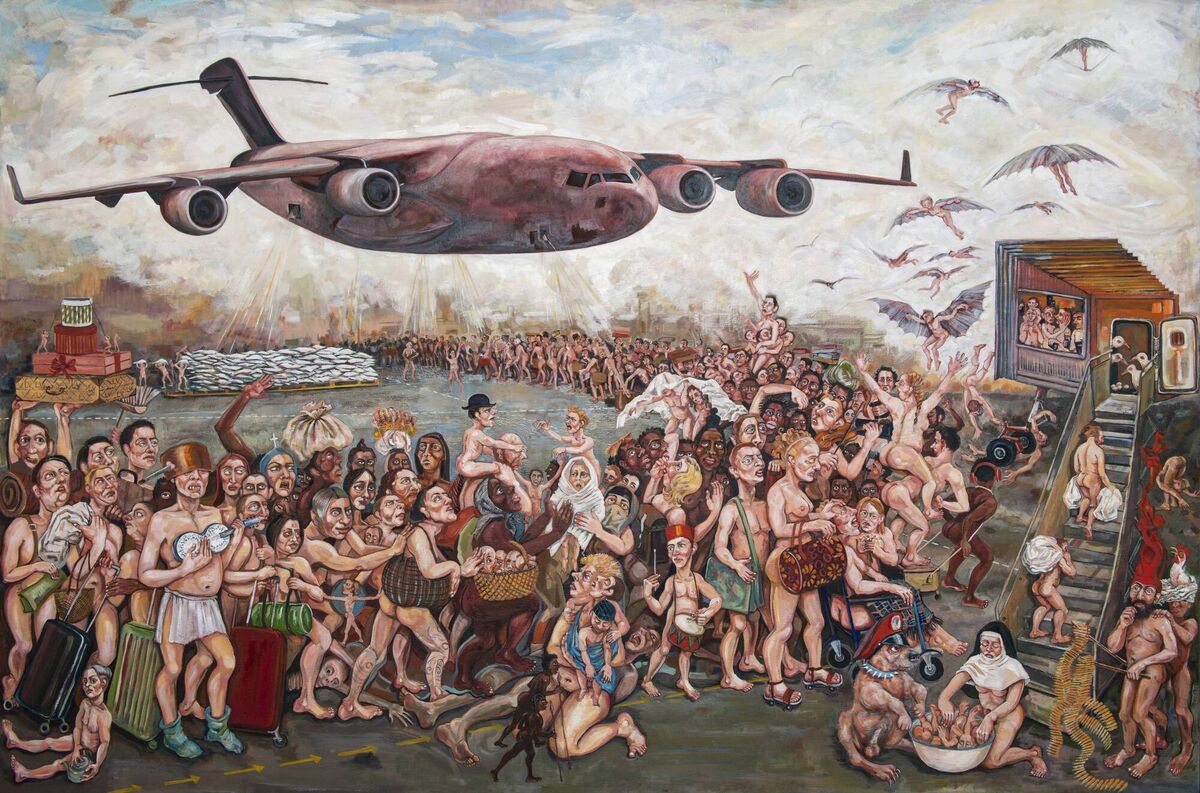
Duffy’s mother came from Co Offaly. “She was taught all her subjects through Irish in school. And yet, when she moved a few miles up the road to Belfast, the Irish language was seen as a threat. She changed her name from Máire Duffy to Moira Duff so she could get a job in Queen’s. Duff was the Scottish version of the name, so that was more acceptable. That’s how bad it was at the time.
“She knitted us all Aran sweaters. On 11th July every year, we’d all pile into the car in our Aran sweaters to take our two-week holiday in Offaly. The sweaters were to remind our neighbours in Belfast of our Irishness. I think of that as her subversive stitching.”
Duffy’s father worked in the aircraft factory. “His own father had died in the Battle of the Somme, but after we’d lived in the same house for 35 or 40 years, he got the inevitable phone call telling us to move. Lots of dark and shitty things happened in Northern Ireland… it was neighbours made the call.”
She credits him with fostering her interest in art. “He was very creative. You’d wonder, is it the genes? Then again, I was a highly sensitive child in a world of conflict. Poets, dancers and artists do seem to pop out in situations like that.”
Duffy studied Fine Art at the University of Ulster, where, she says, the tutors were mostly English and didn’t care what was going on in Northern Ireland.
On graduating, she broke ground making large-scale paintings that engaged head-on with the Troubles. “I always thought art should reflect what’s going on in society,” she says. “I wanted to change and reinvent the world, and I knew art can be threatening to those in power.”
Duffy acknowledges that the Northern Ireland of today bears little resemblance to the one she grew up in. She welcomes the changes, but sounds a note of caution. “There’s still a lot of work to be done,” she says. “The Peace Process has yet to work its way down as far as it should. Poor Catholics and poor Protestants are still divided by walls that shouldn’t be there. Britain refuses to accept that Catholics and Protestants are not the issue in Northern Ireland, it goes deeper than that. And the Unionists still haven’t come to grips with the notion that they no longer own the province of Ulster.”
She is not very hopeful for America. She worries that Joe Biden may be too advanced in years to be re-elected president in 2025, and that the Democrats might not find a more suitable candidate. “Democracy is so shallow in America,” she says. “You have to be big and tall, a John Wayne-type, to be President. And you must have hair; nobody bald would ever get elected.”
- Rita Duffy: Persistent Illusion runs at Crawford Art Gallery until October 8, crawfordartgallery.ie

